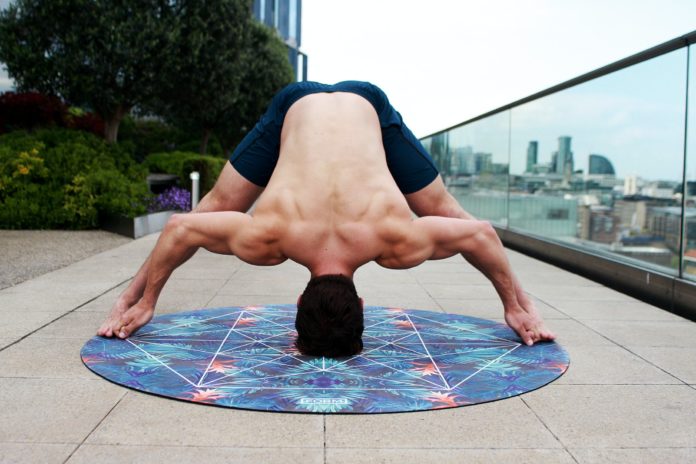Negosentro.com | Chiropractor Ring Dinger | Professional chiropractors have a lot of tools and techniques to deal with the various ailments that assault our backs. These are chiefly grouped into two – surgical and non-surgical interventions. Now, as you may well imagine, surgical methods carry inherently higher risks of complication, are more expensive, and are generally chosen as a means of last resort when all else fails. Non-surgical solutions, on the other hand, carry minimal risk, are easily accessible, and much more affordable.
With that said, let’s take a look at non-surgical chiropractic spinal decompression, widely referred to as Ring Dinger. This is a technique employed to carefully stretch out the spine to relieve pressure from pinched nerves or injured, bulging, or herniated discs. Spinal discs are the cushions located between the vertebrae of your spine. The chiropractor ring dinger is a great way to open up the problem areas and allow for the flow of oxygen, water, and highly nutritious fluids into the area – just what the body needs to get your spine back into top condition.
Let’s delve into this technique and why it is becoming the remedy of choice for increasingly vast numbers of patients.
The Chiropractor Ring Dinger – A Brief History
The first question out of the mouths of patients when they first hear of the Ring Dinger is – why do they call it that? Well, it’s simply because the procedure, when carried out by a professional, more often than not, results in a singularly sharp snapping or cracking sound. Don’t be alarmed; it’s like the sound of a knuckle cracking – a massive knuckle, that is. Many happy patients report it to be one of the most satisfying sounds in the world. Check out chiropractor Ring Dinger videos on Youtube for a better idea. You won’t regret it.
Back to the matter at hand. This technique was developed by the now world-famous chiropractor, Dr. Gregory Johnson. He came up with it after years of study into neurophysiology, neuroscience, neuropathophysiology, biophysics, biomechanics, and the human body’s kinetic profile. All these contributed to the whole-body nature of this technique. The chiropractor Ring Dinger takes all these inputs mentioned above for a truly effective solution to some of the most persistent, prevalent, and painful conditions out there.
How exactly does it work?
Without delving too much into the details of the science behind it, the Ring Dinger makes use of the Cartesian Coordinate System (x, y, and z-axis) to create a 3-D visualization of the patient’s spine, pelvis, and extremities. This evaluation of a body’s biomechanical integrity is carried out before and after the procedure to ascertain its effect and make sure all that can be done for the patient has been done.
It’s a rather straightforward technique, on the face of it. It is a traction therapy method whereby the patient is first fitted with a harness spanning their trunk and pelvis. You will either be lying down on the chiropractor’s table facing upwards or downwards. The chiropractor will then proceed to perform the technique, with the average session lasting from between 30 to 45 minutes. The idea here is to perform adjustments and get rid of interferences to achieve a full range of motion for the patient in all their affected joints and ligaments.
Who should consider it?
As we mentioned earlier, this is a non-surgical procedure that carries minimal risks with it due to its non-invasive nature. It should be the option of first resort for anyone out there suffering from the following conditions: lower back pain, neck pain, leg pain (sciatica), spinal nerve root injuries, herniated discs, bulging spinal discs, and degenerated spinal discs.
Your health and well-being come first. So, the chiropractor Ring Dinger might not be for you. It’s meant for patients whose conditions fall under any of the following categories; broken vertebrae, pregnancy, a history of failed back surgery, a history of multiple fruitless surgeries (no pain relief), artificial disc implants in their spine, and spinal fusion recipients.
Even though the general efficacy of spinal decompression therapy is widely considered to hold merit, the scientific world is still in the process of stating clearly whether this solution ranks as superior to more traditional manual methods of treating the conditions under discussion.
Image Credit














